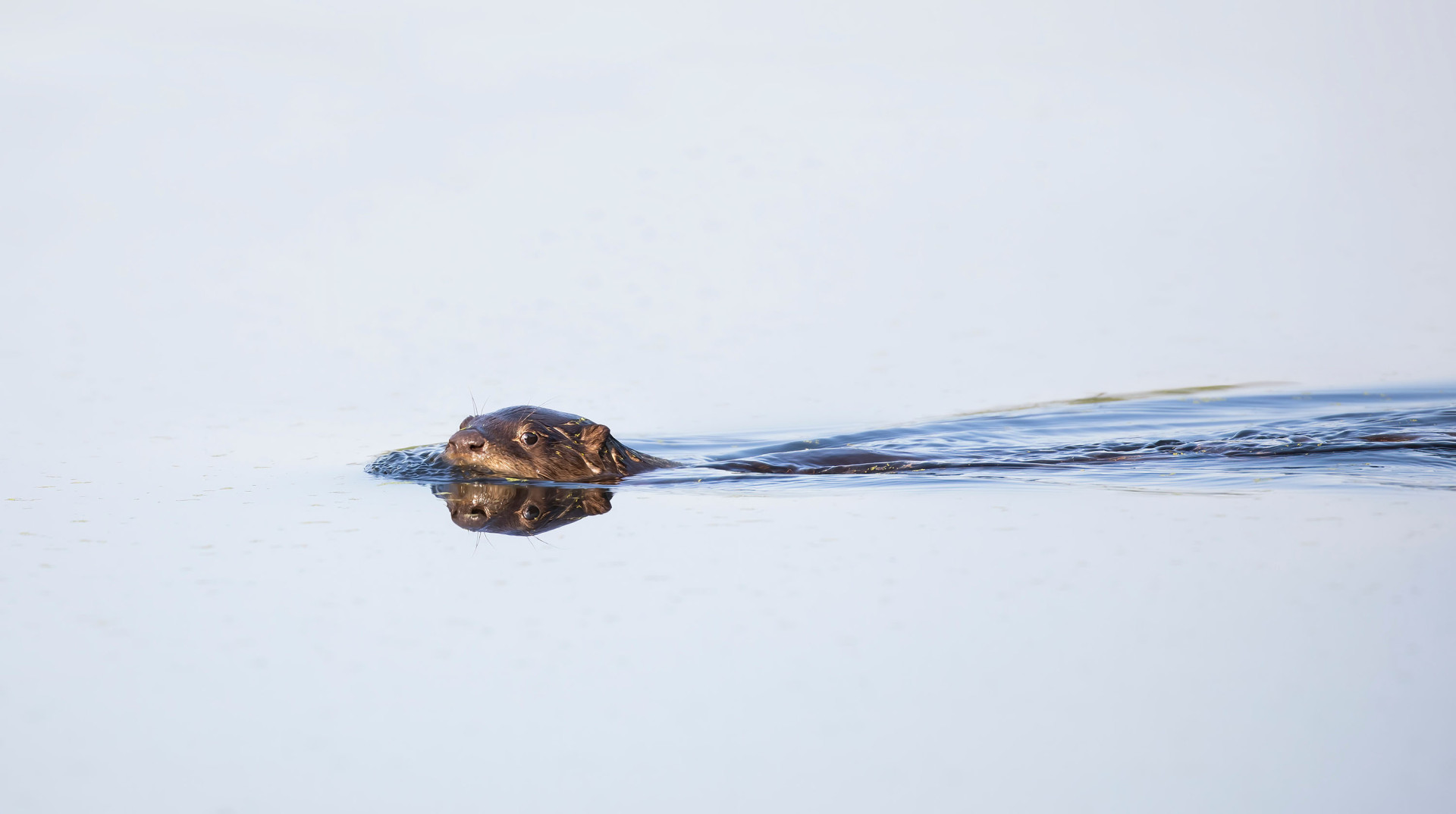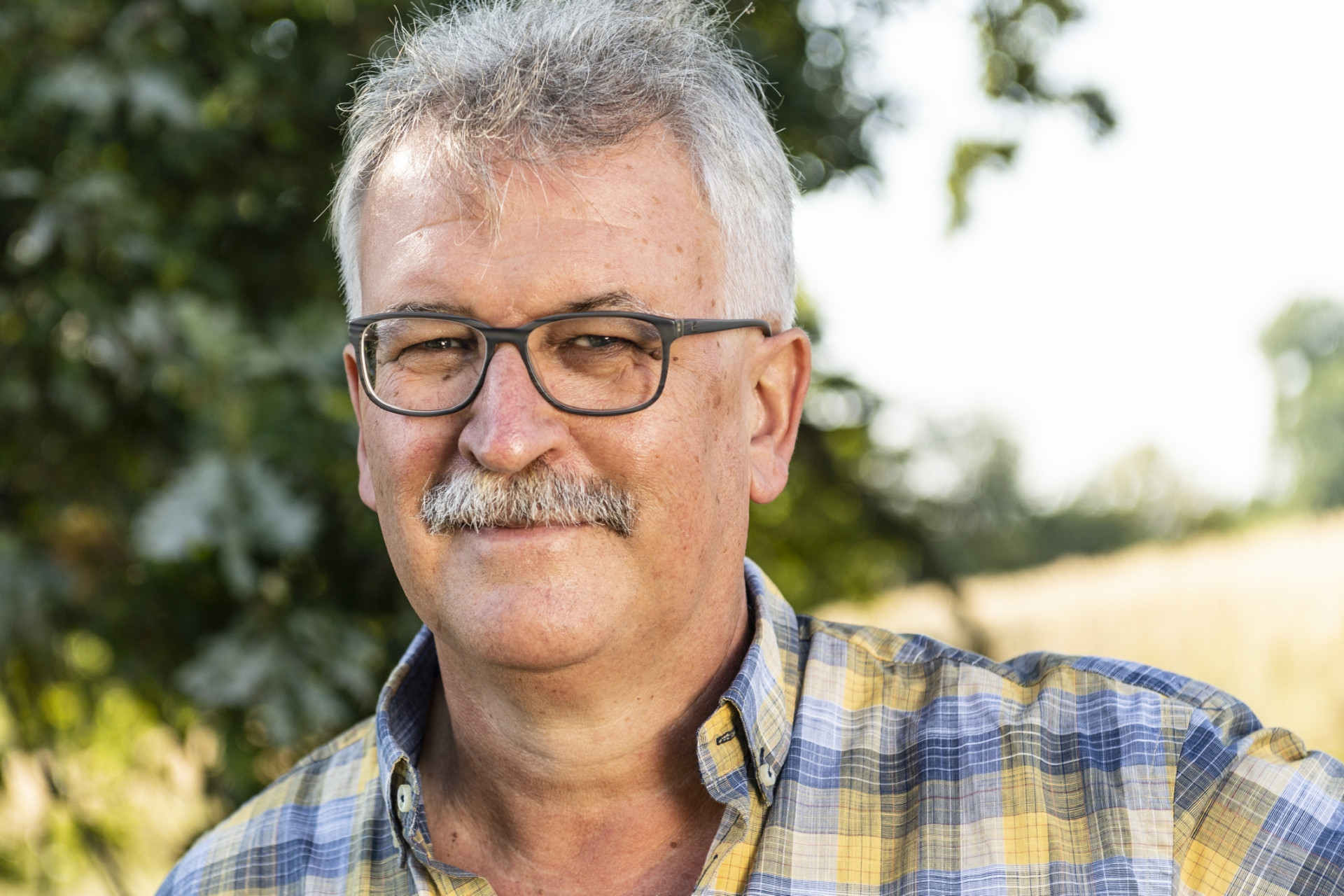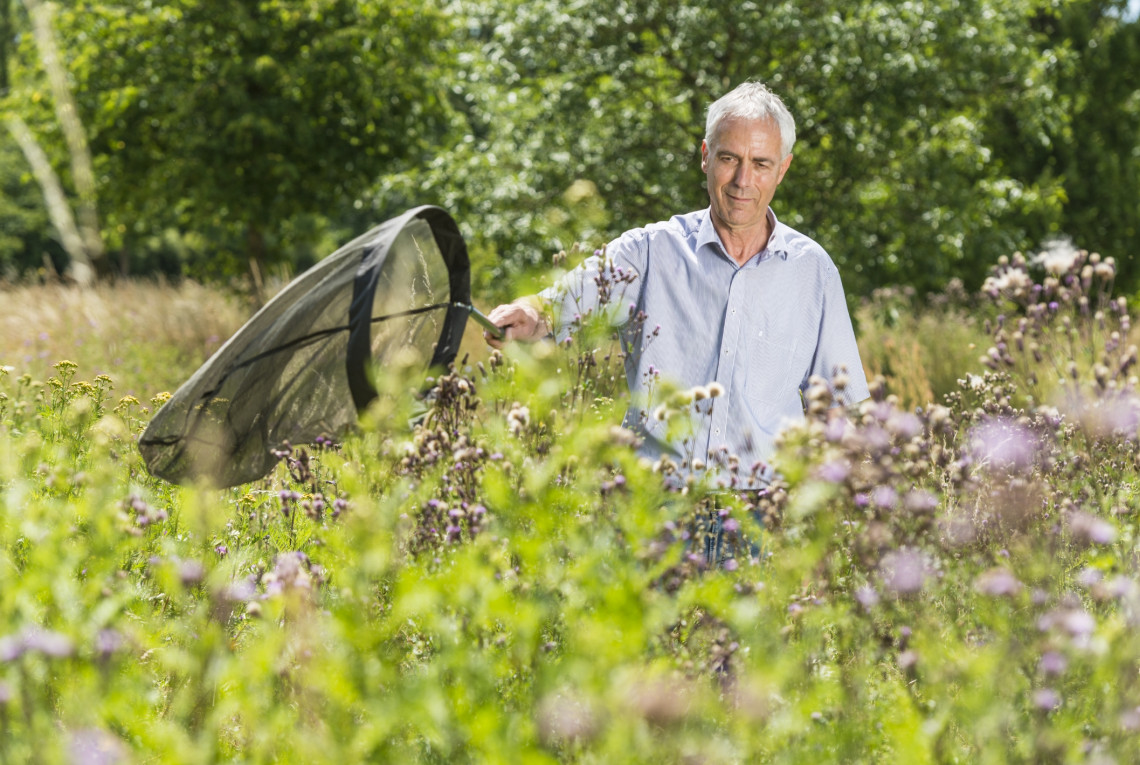“Biodiversity is like insurance against extreme weather”

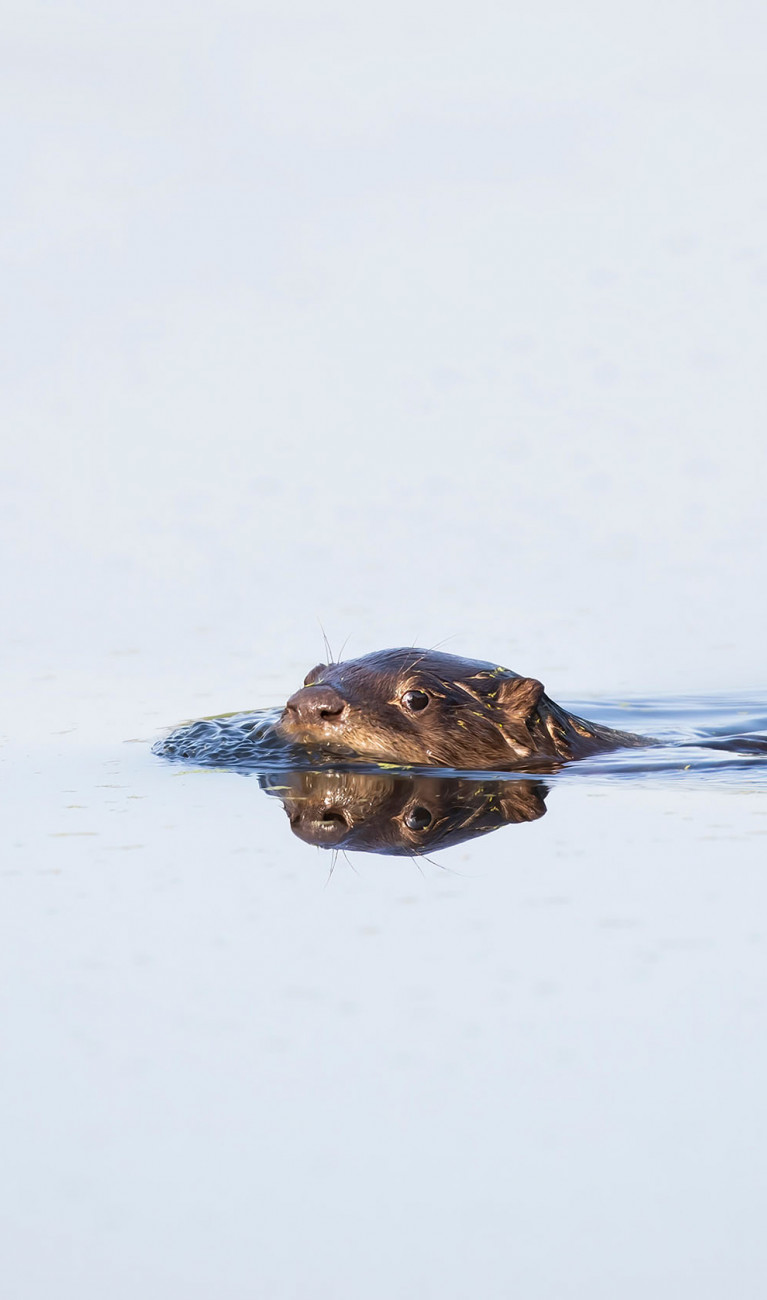
Josef Settele is an agrobiologist and professor of ecology at the Martin Luther University Halle-Wittenberg. At the Helmholtz Centre for Environmental Research in Halle, he investigates how change in climate and land use affect biodiversity, and how reduced biodiversity affects ecosystems and people. Settele was a key contributor to comprehensive status reports on climate change and global biodiversity and worked with other scientists to draw up policy recommendations for the UN Biodiversity Conference in Canada.
Mr. Settele, what is the state of biodiversity worldwide?
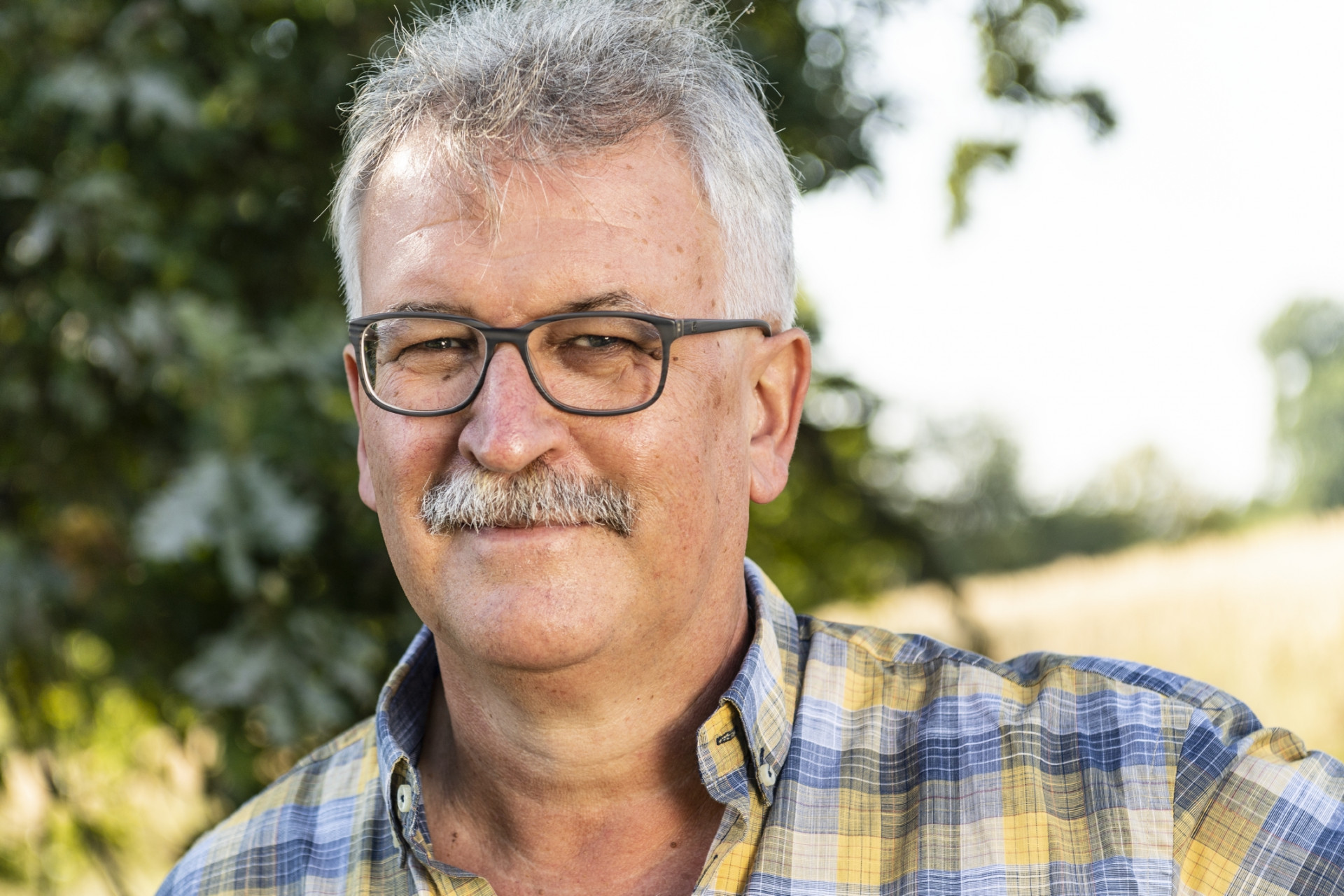
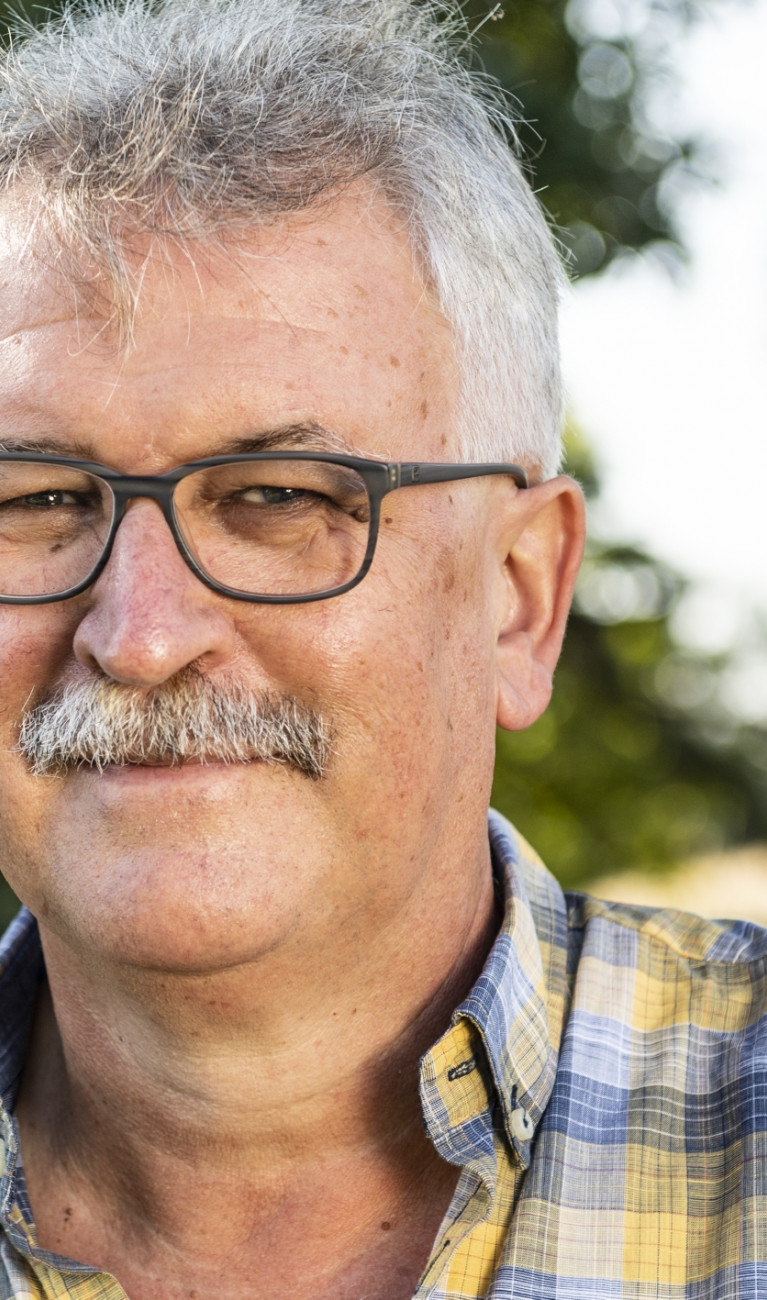
Along with two other researchers, I led the preparation of a report by the Intergovernmental Science-Policy Platform on Biodiversity and Ecosystem Services (IPBES). All told, 500 scientists from more than 50 countries were involved in analyzing the state of animals, plants and ecosystems worldwide. The bad news is that, of an estimated eight million species on Earth, one million are threatened with extinction in the medium term – one out of every eight. Among the better known vertebrates, one out of every four species is threatened. Among amphibian species, 2.5 percent are already extinct. Besides that, we’ve observed a drastic increase in the rate of species loss in the past 50 years.
But the good news is that the million species whose loss we’ve forecast will only die out if we don’t take corrective measures in time. That means there are still things we can do to avoid this loss.
What are the main drivers of species loss?
We’ve identified five direct drivers of species loss and decreases in functioning ecosystems in the past 50 years: changes in land and ocean use, direct exploitation of ecosystems, climate change, pollution, and the spread of invasive species. Climate change is currently in third or fourth place as a cause of species loss and ecosystem degradation, with a strong upward trend. Though some species will benefit from global warming and shifts in precipitation, many more will lose out. Roughly three-quarters of species are suffering because of rapid warming. The other quarter could benefit.
What is the exact connection between the climate crisis and biodiversity?
If systems are to function well, climate and biodiversity have to be considered in concert. If we have a balanced climate, that gives us more species that can keep our ecosystem working. And if we have many species, that gives us more options for keeping carbon sequestered. So biodiversity helps to ensure that the carbon stored in soils and plants over the decades and centuries will stay there and not be released.
Can you name a specific example?
There’s one right in my neighborhood: the Harz region with its many spruce trees and bark beetles. The bark beetle is a species that thrives in warm weather and is spreading here in Germany as temperatures rise. By itself that wouldn’t be a problem if we had a wide variety of tree species in our forests, because bark beetles only attack weakened trees. But spruces, in contrast to many other local species, are especially vulnerable to rising temperatures and drought.
If one species in a healthy mixed forest is lost due to higher temperatures and bark beetle infestation, there will still be other more resistant species and the forest will remain intact. Forests with a greater variety of tree species are also more resilient against changes in climate, so they can act as long-term carbon stores.
The problem, though, is that we have a lot of spruce trees in our forests. Some are even exclusively spruce. That’s due to human activity in places like the Harz. If global warming weakens the predominant species – spruce in this case – it becomes easy prey for bark beetles and the entire forest can be lost in a short time. Then a large amount of the carbon stored in the forest is released, harming the climate.
We have to understand that preserving and restoring biodiversity is insurance against damage and extreme weather. And you know how it is with insurance: It’s not a luxury, it’s a good and necessary thing. People take out insurance for emergencies, in the hope that they won’t need it in the end.
Your specialty is land use, for example by farming and forestry. Are there examples of land use that ensures a high level of biodiversity and is also good for the climate?
A prime example involves traditional land use systems where a balance between people and nature has been established over a long period. For example, here in Germany that would be permanent grassland areas like the juniper heaths in the Swabian and Franconian Jura, or the mountain pastures in the Allgäu region. These landscapes have been used for centuries as pastures for cattle or sheep. They’re true biodiversity hotspots, home to rare species of butterflies and bees. At the same time, grassland that has been worked extensively for long periods has a very high capacity for carbon storage. That’s not as obvious for pastures and meadows as it is for forests, but the dense and extensive root networks of grasslands can also absorb a lot of carbon. Here too, the greater the variety of herbs and grasses a grassland has, the greater the buffering effect when one or more species is lost because of rising temperatures.
The UN Biodiversity Conference will take place in December 2022 in Montreal. In your opinion, what is the most important thing that has to be done to help both biodiversity and the climate?
There are three things. First, wetlands and forests, and also old cultural landscapes, must be protected and restored – in the places where they were in the past. That’s because new trees grow best where trees have grown in the past, not on grasslands that are valuable for the climate. Second, we have to set our sights on our supply chains and consumer habits. A lot of what we consume is produced abroad and damages the environment there. It can’t be that our consumer demand causes huge swathes of valuable forest to be cleared in Indonesia or South America for the production of palm oil or to grow soy as feed for our livestock.
We need more quality instead of quantity, meaning we can’t continue with our current consumption of meat. The animals need far too much energy, especially pigs and cattle. We have to change that. We have to cut back on factory farming and promote extensive land use – in other words, preserve and expand the careful use of grasslands for livestock. And third, the countries of the Global South need financial assistance so that they can preserve the biodiversity of their natural landscapes, the variety of their livestock and crops, and their local small-scale and correspondingly diversified farming methods. An initial step in this regard is the fund that was just adopted at the end of November by COP 27 to compensate the world’s poorer countries for climate-related damages. Something similar, but more forward looking, would be good for biodiversity.
Are there also climate protection measures that are harmful for biodiversity?
Some alternative green energy sources are one example. Wind power is a problem for bird conservation, of course, though I find the heated debates about it somewhat overblown. What we agree on at both the Intergovernmental Panel on Climate Change (IPCC) and IPBES is that monocultures are not appropriate for bioenergy. Valuable land for food production and biodiversity is being lost to huge cornfields that are only used to produce bioenergy. Using wood or corn for bioenergy in such a way is complete nonsense. That’s the consensus of a very large majority of scientists and also numerous government representatives who shared this view at international negotiations.
Thank you for the interview, Professor Settele.
Wenn in einem gesunden Mischwald eine Art durch höhere Temperaturen und den Befall der Borkenkäfer ausfällt, gibt es immer noch widerstandsfähigere Arten und der Wald bleibt intakt. Wälder mit einer hohen Vielfalt an Baumarten haben also eine starke Resilienz gegenüber Klimaveränderungen und können so auf längere Sicht stabil Kohlenstoff speichern.
Das Problem ist allerdings, dass wir in unseren Wäldern einen hohen Anteil von Fichten oder sogar ausschließlich Fichten stehen haben. Das ist menschengemacht, etwa im Harz. Führt dann die Erderwärmung zur Schwächung der einen vorherrschenden Art – in dem Fall der Fichte – haben die Borkenkäfer leichtes Spiel und man verliert schnell den gesamten Wald. Ein großer Teil des im Wald gespeicherten Kohlenstoffes wird dann zu Lasten der Klimas freigesetzt.
Das muss verstanden werden: Der Erhalt und der Wiederaufbau der Biodiversität ist eine Versicherung gegen Schäden und gegen Wetterextreme. Und bei Versicherungen ist es ja immer so: Sie sind kein Luxus, sondern etwas Gutes und Notwendiges, und jeder schließt sie für den Notfall ab – letztlich in der Hoffnung, sie nicht zu benötigen.
Ihr Spezialgebiet ist ja Landnutzung – also etwa durch die Land- oder Forstwirtschaft. Gibt es Beispiele für eine Landnutzung, die eine hohe Artenvielalt sicherstellt und gleichzeitig gut fürs Klima ist?
Ein Musterbeispiel sind alte Landnutzungssysteme, die sich über lange Zeit zwischen Mensch und Natur ausbalanciert haben. Hier in Deutschland sind das zum Beispiel Dauergrünlandbereiche wie Wachholderheiden der Schwäbischen und Fränkischen Alb oder auch die Almen der Allgäuer Berge. Diese Landschaften werden seit Jahrhunderten als Weideland für Kühe oder Schafe genutzt. Sie sind wahre Arten-Hotspots, unter anderem leben hier seltene Schmetterlings- und Bienenarten. Gleichzeitig hat Grünland, das über längere Zeit extensiv bewirtschaftet wurde, sehr hohe Kapazitäten für die Kohlenstoffspeicherung. Das ist bei Weiden und Wiesen nicht so offensichtlich wie bei Wäldern, aber auch das dichte, umfangreiche Wurzelwerk des Grünlands nimmt viel CO2 auf. Und auch hier gilt, je vielfältiger an Kräutern und Gräsern so eine Grünlandfläche ist, desto mehr Puffereffekt gibt es, wenn eine Art oder mehrere zum Beispiel wegen des Temperaturanstiegs ausfallen.
Im Dezember 2022 findet die Weltnaturschutzkonferenz in Montréal statt. Was ist aus Ihrer Sicht das Wichtigste, was getan werden muss, um zugleich der Biodiversität und dem Klima zu helfen?
Das sind drei Punkte: Zum einen müssen Moore und Wälder, aber auch alte Kulturlandschaften geschützt und wiederhergestellt werden, und zwar dort, wo sie früher einmal waren. Denn neue Bäume wachsen dort am besten, wo schon einmal Bäume wuchsen und eben nicht auf dem fürs Klima wertvollen Grünland.
Zweitens müssen die Lieferketten und unser Konsumverhalten ins Visier genommen werden. Viel von dem, was wir konsumieren, wird im Ausland produziert, wo dann auch die Umweltschäden entstehen. Es kann nicht sein, dass unserem Konsum riesige Flächen an wertvollen Wäldern in Indonesien oder Südamerika zum Opfer fallen, weil dort Palmöl produziert bzw. Soja als Futtermittel für unsere Nutztiere angebaut wird. Es braucht mehr Klasse statt Masse – das heißt wir können unser Konsumverhalten in Sachen Fleisch nicht aufrechterhalten. Die Tiere brauchen viel zu viel Energie – vor allem Schwein und Rind, das müssen wir ändern. Wir müssen die Massentierhaltung eindämmen und dafür die extensive Landnutzung fördern – also das schonend genutzte Grünland für Nutztiere erhalten und ausweiten.
Und drittens brauchen die Länder des globalen Südens finanzielle Unterstützung, damit sie sowohl die Biodiversität in ihren Naturräumen als auch die Vielfalt ihrer Nutztiere und -pflanzen und ihrer lokalen, kleinteiligen und damit vielfältigen Anbaumethoden erhalten können. Ein erster Schritt hierzu ist der erst Ende November bei der Klimakonferenz beschlossene Fonds zur Kompensation der Klimaschäden für die ärmeren Staaten dieser Erde. Ähnliches wäre für die Biodiversität wichtig.
Gibt es auch Klimaschutzmaßnahmen, die der Biodiversität schaden?
Das sind beispielsweise einige der alternativen grünen Energien. Windkraft ist natürlich für den Vogelschutz schwierig, wobei ich die heftige Diskussion um die Windkraft etwas überzeichnet finde. Worüber wir uns sowohl beim Weltklimarat IPCC als auch beim Biodiversitätsrat einig sind, ist, dass Monokulturen für die Bioenergie nicht zielführend sind. Durch die riesigen Maisfelder, die nur zur Bioenergieherstellung genutzt werden, gehen wertvolle Flächen für die Nahrung und die Artenvielfalt verloren. Holz oder Mais für Bioenergie zu nutzen, ist völliger Nonsens. Das ist Konsens bei einer sehr großen Mehrheit von Wissenschaftlern und auch zahlreichen Regierungsvertretern, die bei internationalen Verhandlungen diese Einsicht teilten.
